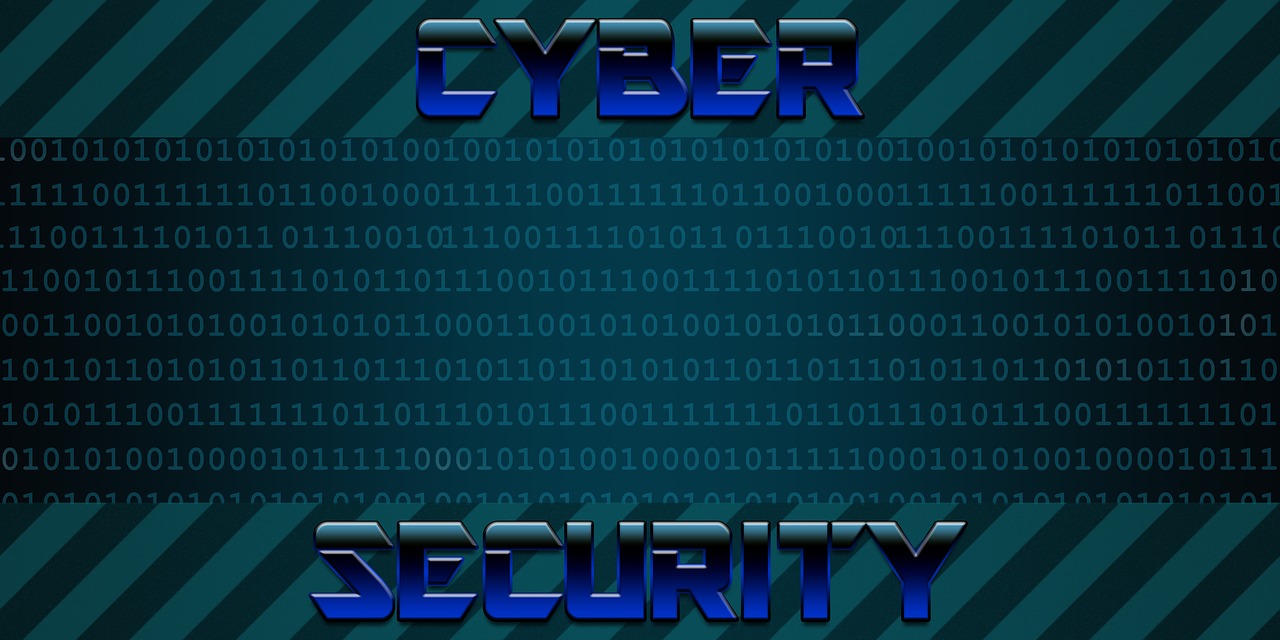ug数控加工编程
Title: CNC Programming Using UG (Unigraphics NX)
Introduction to CNC Programming with UG:
CNC (Computer Numerical Control) programming is a crucial aspect of modern manufacturing, allowing for precise control of machining tools to produce complex parts. Unigraphics NX (often referred to as UG) is a powerful CAD/CAM software widely used in the industry for CNC programming due to its comprehensive toolset and advanced capabilities. In this guide, we'll delve into the fundamentals of CNC programming using UG, covering key concepts, processes, and best practices.
Understanding the Basics:
Before diving into CNC programming with UG, it's essential to grasp some fundamental concepts:
1.
CAD Modeling:
UG provides robust tools for creating detailed 3D models of parts or assemblies. These models serve as the foundation for CNC programming.2.
CAM (ComputerAided Manufacturing):
CAM functionality in UG enables the creation of toolpaths based on CAD models. Toolpaths define the route that cutting tools will follow to machine the part.3.
PostProcessing:
Once toolpaths are generated, they need to be converted into machinespecific Gcode through postprocessing. UG offers various postprocessors tailored to different CNC machines.StepbyStep Guide to CNC Programming in UG:
Now, let's walk through the process of CNC programming using UG:
1.
Import or Create CAD Model:
Start by importing a CAD model of the part you intend to machine into UG. If you don't have a CAD model yet, you can create one using UG's modeling tools.2.
Define Machining Features:
Identify the key features of the part that require machining, such as pockets, holes, or surfaces to be milled. UG offers automated feature recognition tools to streamline this process.3.
Toolpath Generation:
Utilize UG's CAM functionalities to generate toolpaths for each machining operation. This involves selecting appropriate cutting tools, specifying cutting parameters, and defining the toolpath strategy (e.g., contour milling, pocketing, drilling).
4.
Simulation and Verification:
Before proceeding further, it's crucial to simulate the machining process within UG to detect any potential collisions, errors, or inefficiencies. UG provides advanced simulation tools for this purpose, allowing you to visualize the machining process in detail.5.
PostProcessing:
Once the toolpaths are validated, use UG's postprocessing capabilities to generate machinespecific Gcode. Select the appropriate postprocessor for your CNC machine, ensuring compatibility and adherence to machinespecific syntax and formatting requirements.6.
Testing and Optimization:
Before executing the program on the actual CNC machine, it's advisable to conduct thorough testing on a simulation or virtual environment. This enables you to finetune cutting parameters, optimize toolpaths, and validate the program's efficiency.7.
Execution on CNC Machine:
Once you're satisfied with the program's performance in simulation, transfer the generated Gcode to the CNC machine's controller. Follow standard operating procedures for setting up the machine, loading tools, and executing the program.Best Practices and Tips:
To ensure success in CNC programming with UG, consider the following best practices:
Design for Manufacturability:
Optimize part designs for ease of machining, minimizing complex features and ensuring adequate clearances for tool access.
Toolpath Optimization:
Experiment with different toolpath strategies and cutting parameters to achieve optimal machining efficiency and surface finish.
Regular Updates and Maintenance:
Stay updated with the latest software releases and patches for UG to access new features, performance improvements, and bug fixes.
Continuous Learning:
Invest time in learning advanced features and techniques offered by UG through online tutorials, courses, and user forums.Conclusion:
CNC programming using UG offers unparalleled precision, efficiency, and versatility in modern manufacturing. By mastering the fundamentals of CAD/CAM integration, toolpath generation, and postprocessing, you can leverage UG's capabilities to streamline your CNC programming workflow and achieve superior machining results. Embrace continuous learning and experimentation to unlock the full potential of UG in CNC programming.
This guide provides a comprehensive overview of CNC programming with UG, empowering you to embark on your journey towards mastering this essential skill in the manufacturing industry.












评论